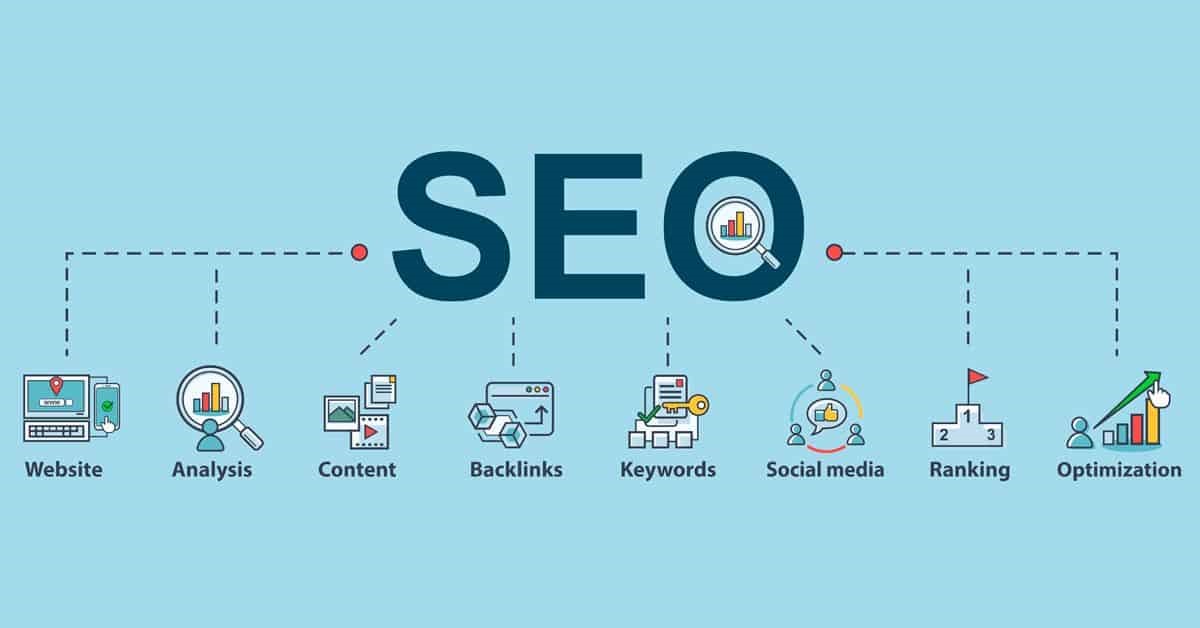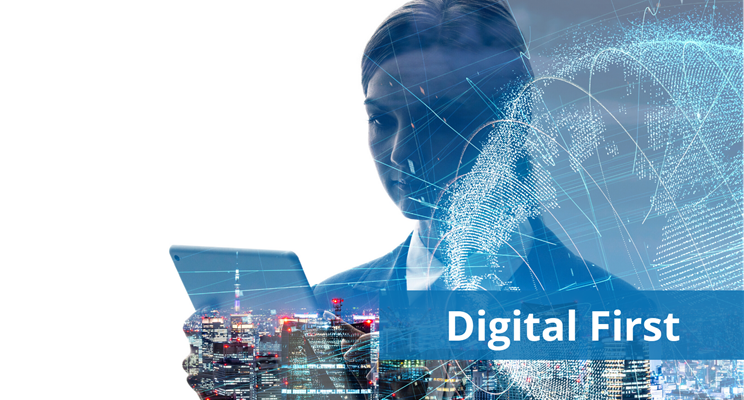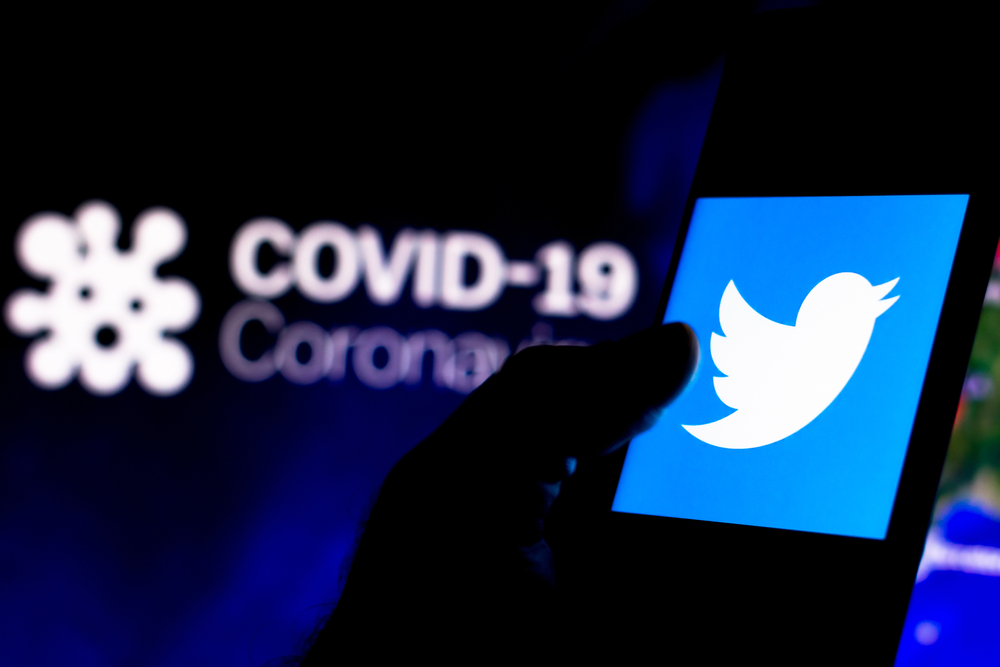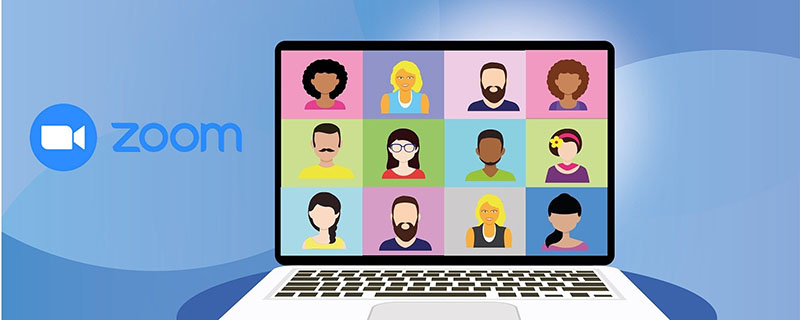With Covid-19 cases and deaths per million in 203 countries, governments all around the world have taken steps to restrict how people contact. On a massive scale, this has revolutionized how individuals interact with brands and conduct business. Businesses who can adapt to changing market conditions will not only strengthen themselves now, but will also set themselves up for future success.
In 2021, while most of the marketing business all around the globe began to recover in the last half of last year, this is not the case for many people. To get ready for the “new-normal” marketing world, let’s look at 7 ways that the Covid-19 pandemic has changed the future of marketing.
1. SEO and paid search
The pandemic has a significant impact on the future of marketing, particularly in SEO and paid search. Consumer behavior is considerably changed as a result of the health issue. Because people can no longer go to the store for every little thing they need, most consumers choose to browse for items online rather than risking exposure by perusing available options in person.

The importance of SEO in the Covid-19 crisis
Search engine optimization has always been crucial and certainly, it is now more crucial than ever. Since March 13, 2020, traffic rates for online supermarkets have climbed by 4%, online fashion retailers have increased by 6.1 percent, and online pharmacies have increased by over 15%, according to Statista. These trends have been even more obviously mirrored in the United States, where internet purchases of over-the-counter drugs, food, and antiviral protection equipment have all seen significant increases.
Consumers are increasingly turning to online markets to meet their demands, which means that firms that can provide an outstanding online experience and engaging content will thrive. It is also necessary to keep in mind that much of this growth has occurred on mobile platforms, with smartphone and tablet usage increasing by 50% from March 2019 to March 2020.
2. Digital advertisement
The amount of money spent on advertising has changed as a result of the change in customers’ shopping habits. Cinema, out-of-home, and print advertising all declined rapidly as global confinement measures were implemented. The global digital market is predicted to increase at a compound annual growth rate (CAGR) of 15.6 percent from $155.53 billion in 2020 to $179.77 billion in 2021.
This research divides the digital advertising market into four categories: mobile ads (in-app and mobile web), desktop ads, digital TV ads, and others. It's also broken down by ad format into digital display ads (programmatic and non-programmatic transactions), internet paid search, social media, online video, and others, as well as by industry vertical into media and entertainment, consumer goods & retail, banking, financial services & insurance, telecommunications & IT, travel, healthcare, manufacturing & supply chain, and transportation.
In addition, AR (Augmented Reality), is a prominent trend that is gaining traction in the worldwide digital advertising business. Advertisers are increasingly incorporating augmented reality into their marketing efforts in order to improve the user experience.
With the shift in online consumer behavior expected to continue post-COVID, marketers must now focus more on advertising the correct messages on the right channels.
3. Digital-first

Adapt to become digital-first during the pandemic
Going digital-first has been a hazy concept for many companies until now. However, it is now more critical than ever for firms to approach all aspects of their marketing, including branding, user experience, and so on, with a digital-first mindset.
This is especially true for industries that have been hit the most by Covid-19, such as travel and tourism, retail – brick and mortar stores, restaurants, autos, and clothes and fashion. Instead of focusing on channels, devices, and mediums, organizations should focus on the people who will use the technology and the objectives they aim to achieve.
On the other hand, customer loyalty has never been more crucial than it is now during COVID-19, yet winning it has never been more difficult. We've all heard the cliché that the top 20% of customers account for 80% of a company's income, but nurturing and expanding that top 20% can be difficult when traditional methods of customer engagement are no longer viable. According to a recent McKinsey analysis, during the global pandemic, more than 75% of customers explored new products. If brands that historically relied on loyalists to drive their company do not reconsider their digital and data strategy, they will be at risk.
4. Social media
Many individuals have begun to rely on social media for socializing, consequently, they are now more familiar with the many social media platforms, such as Instagram, TikTok, Facebook, and others, all of which have seen a significant growth in usage.

Role of social media in Covid-19 outbreak
All of this has leaked into a greater emphasis on developing and keeping good customer connections, and marketers are seeking ways to communicate with their audiences in a more efficient and effective manner.
A greater emphasis is also placed on business culture, mission, and vision. People are making a sacrifice for the greater good by staying at home to defend society. From here on out, that mindset will most certainly pervade how people shop. “84 percent of respondents stated they want brand advertising to focus on how businesses assist individuals manage with pandemic-related life challenges,” according to the Edelman Trust Barometer Special Report, which polled 12000 people. They also discovered that since the start of the COVID-19 Pandemic, more than a third of consumers (82 percent in China, 60 percent in India) have switched to a new brand because of its innovative or compassionate response. Apparently, consumers might really want to know how they plan to protect their staff in the event of a pandemic or even if their food is ethically sourced - and social media is a terrific way for marketers to accomplish these and other objectives.
5. Video marketing
Even before Covid-19, a growing number of individuals preferred video to all other forms of media. Video marketing is still growing at a breakneck speed today.
Businesses are rapidly adopting video as the basis of their marketing, with 82 percent of consumer internet traffic predicted to be online videos by 2021. Video is significantly more effective than text since consumers remember 85 percent more of a message conveyed via video than text. The video phenomenon isn't just a consumer phenomenon.
Only 61 percent of organizations used video as a marketing strategy in 2016. However, 5 years later, 92 percent of marketers consider it to be a critical component of their marketing strategy. The video marketing arena will continue to present chances for firms that can develop high-quality, educational videos that engage with their viewers, as seen by the increased use of YouTube and other video-sharing sites.
6. Digital events

Increase in webinars and digital events in the pandemic
The outbreak has prompted a lot of the increase in webinars and digital events we've observed. Virtual events, on the other hand, are here to stay due to a shift in consumer behavior.
Instead of filming on stage, the 2010 comedy opera "Vinkensport, or the Finch Opera" was filmed in an Airbnb at Houston, and each performer performed while according to social distance rules. Similarly, the digital revolution is transforming business conferences, particularly the networking component, which is rated crucial by registrants. Some virtual event platforms have a ChatRoulette-style option for meeting other participants, while others employ algorithms to pair people together based on their interests.
To stay resilient during the epidemic, marketers are using digital event platforms like Google Meet, Zoom, Go to Webinar, and Microsoft Teams. Despite not being that much preferred by a handful of people, the digital event has its own set of benefits. For starters, they may be accessed from anywhere with a high-speed internet connection. Furthermore, because no travel is required, the events are expected to be less expensive than traditional gatherings and easier to schedule. The organizer can reduce the cost in order that the price can be more affordable to many audiences.
8. To do more with less
Marketers have been compelled to think of new methods to achieve more with less as a result of the coronavirus. Nancy Hill, founder of The Agency Sherpa consulting firm, also questions if moving or combining agencies is beneficial to marketers in the long run. According to Hill and Gleason, there aren't many economies of scale in a larger agency assignment over a smaller one, except for tiny administrative overhead reductions. According to Gleason, the savings for clients come from an agency's willingness to accept a lower profit margin in exchange for a larger absolute profit from a larger assignment.
It must be harsh for marketers to come up with priorities and use cost-effective tools when it comes to spreading the word about their products or services. Marketers will continue to focus on messages and activities that provide the greatest value for their organization while improving engagement with their existing customer base to enhance relationships in the post-Covid-19 marketing environment.
Final words
The key to success in such a rapidly changing environment is to avoid being left behind. The future of marketing can be shaped differently, but what matters is how marketers adapt in the short and long term in the new normal.




